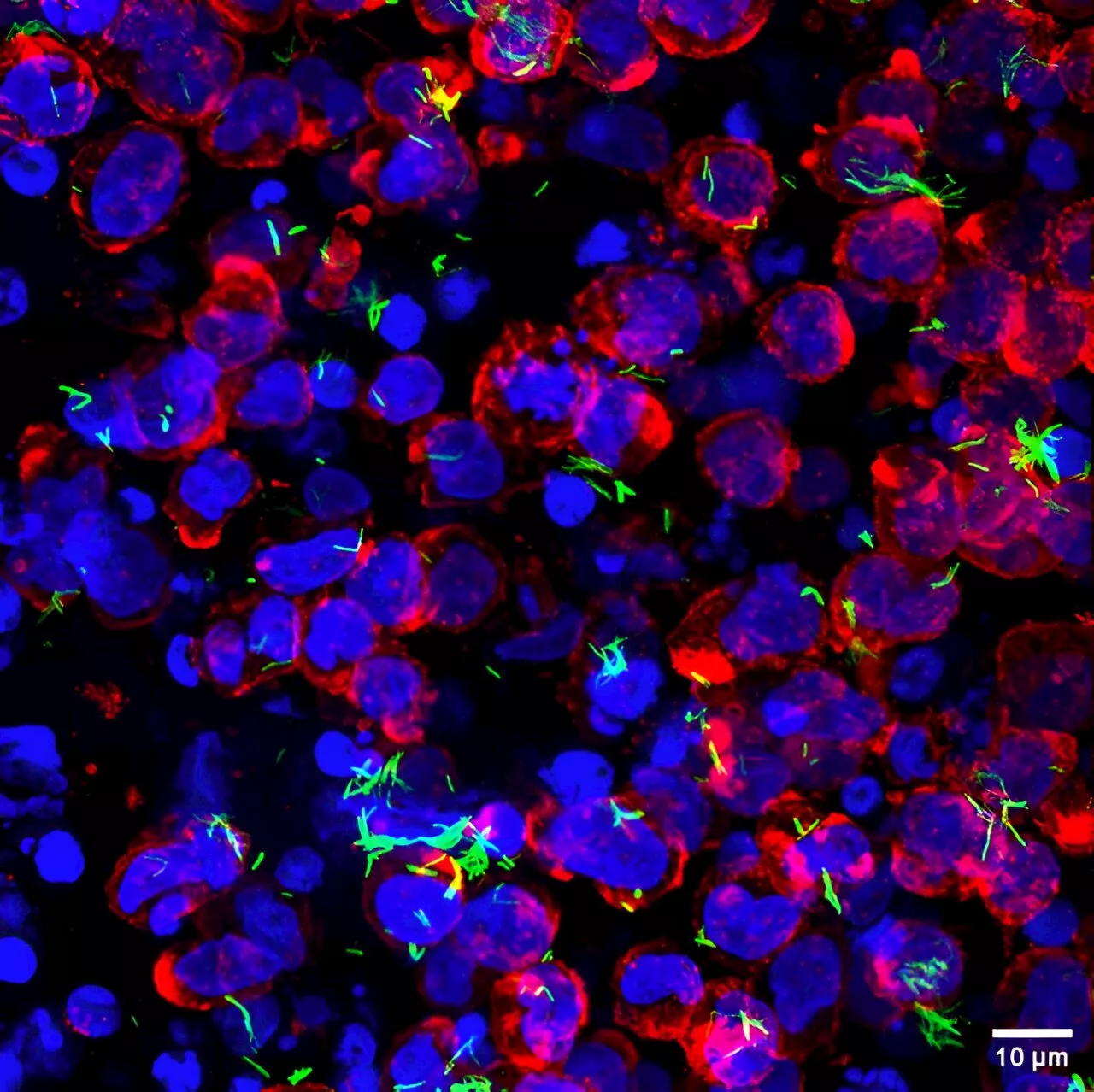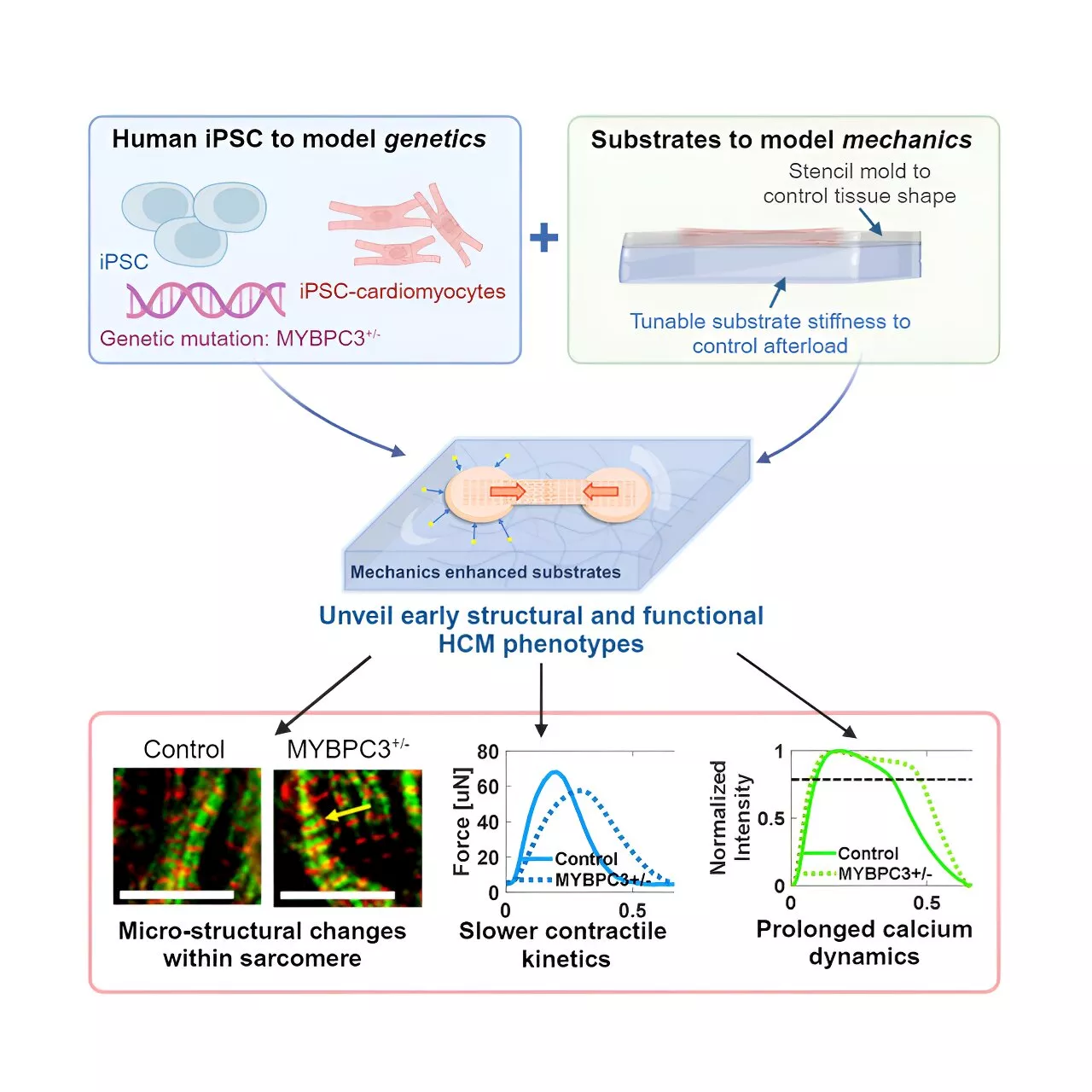Researchers at the University of Arizona Health Sciences identified a new way to make opioids safer, increasing the pain-relieving properties of opioids while decreasing unwanted side effects through the spinal inhibition of a Heat shock protein 90 isoform.
University of Arizona Health SciencesJul 17 2024
John Streicher, PhD, member of the Comprehensive Center for Pain & Addiction at UArizona Health Sciences and a professor in the College of Medicine – Tucson's Department of Pharmacology Building on that research, the team tested nonselective Hsp90 inhibitors in mouse models and saw a twofold-to-fourfold increase in the potency of pain relief provided by morphine. At the same time, tolerance was reduced and established tolerance was reversed. Tolerance is a condition where the body gets used to a medication so that more medication or a different medication is needed to achieve the same response.
Related StoriesBy using selective inhibitors to target each isoform, they were able to identify and isolate the isoforms that are active in the spinal cord from Hsp90-alpha, the one that is active in the brain. Recent reports have linked Hsp90-alpha with the serious side effect of retinal degeneration.
"What I'm envisioning is you'd be given a pill that is a combination therapy of an opioid with one of these isoform inhibitors," Streicher said. "The addition of that Hsp90 inhibitor would make the opioid better – it would increase the effectiveness of the pain relief and decrease the side effects."
Protein Research Addiction Brain Cancer Chronic Chronic Pain Constipation Depression Heat Medicine Morphine Pain Pharmacology Respiratory
United Kingdom Latest News, United Kingdom Headlines
Similar News:You can also read news stories similar to this one that we have collected from other news sources.
 Bats have complex social lives, University of Chester researchers sayResearchers develop wearable tracking devices for the flying mammals to be monitored remotely,
Bats have complex social lives, University of Chester researchers sayResearchers develop wearable tracking devices for the flying mammals to be monitored remotely,
Read more »
 New study sheds light on potassium channels to help researchers design better drugsPotassium channels are openings that allow charged potassium atoms to cross the cell membrane. Voltage-gated potassium channels—which open only when a specific voltage is reached across the cell membrane—are essential for the electrical impulses that nerve cells or neurons use to communicate.
New study sheds light on potassium channels to help researchers design better drugsPotassium channels are openings that allow charged potassium atoms to cross the cell membrane. Voltage-gated potassium channels—which open only when a specific voltage is reached across the cell membrane—are essential for the electrical impulses that nerve cells or neurons use to communicate.
Read more »
 Q&A: Researchers discuss study showing maternal cell phone use may negatively impact infant language developmentResearch suggests that phone use may have an effect on children's speech input and language development. However, most of the prior work in this area examines parents and children in controlled laboratory experiments in public spaces and may not be representative of daily interactions between a child and their caregivers.
Q&A: Researchers discuss study showing maternal cell phone use may negatively impact infant language developmentResearch suggests that phone use may have an effect on children's speech input and language development. However, most of the prior work in this area examines parents and children in controlled laboratory experiments in public spaces and may not be representative of daily interactions between a child and their caregivers.
Read more »
 Researchers design novel 3D hydrogel culture to study TB infection and treatmentResearchers from the Department of Bioengineering (BE), Indian Institute of Science (IISc), have designed a novel 3D hydrogel culture system that mimics the mammalian lung environment. It provides a powerful platform to track and study how tuberculosis bacteria infect lung cells and test the efficacy of therapeutics used to treat TB.
Researchers design novel 3D hydrogel culture to study TB infection and treatmentResearchers from the Department of Bioengineering (BE), Indian Institute of Science (IISc), have designed a novel 3D hydrogel culture system that mimics the mammalian lung environment. It provides a powerful platform to track and study how tuberculosis bacteria infect lung cells and test the efficacy of therapeutics used to treat TB.
Read more »
 Researchers more effectively study mutations that cause heart disease by putting cells through their pacesUsing animals to study heart disease doesn't always translate well to human health outcomes, and human heart cells available for research don't work outside the human body.
Researchers more effectively study mutations that cause heart disease by putting cells through their pacesUsing animals to study heart disease doesn't always translate well to human health outcomes, and human heart cells available for research don't work outside the human body.
Read more »
 Texas A&M researchers study impact of space travel on eye healthAs space travel becomes more common, it is important to consider the impacts of space flight and altered gravity on the human body. Led by Dr. Ana Diaz Artiles, researchers at Texas A&M University are studying some of those impacts, specifically effects on the eye.
Texas A&M researchers study impact of space travel on eye healthAs space travel becomes more common, it is important to consider the impacts of space flight and altered gravity on the human body. Led by Dr. Ana Diaz Artiles, researchers at Texas A&M University are studying some of those impacts, specifically effects on the eye.
Read more »
